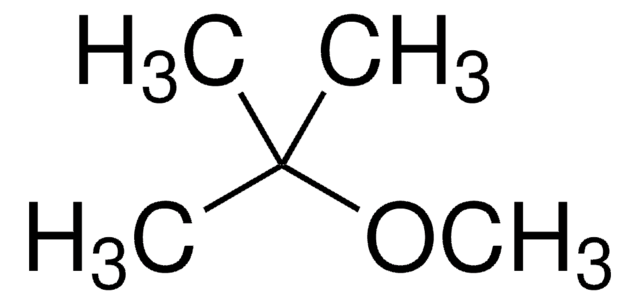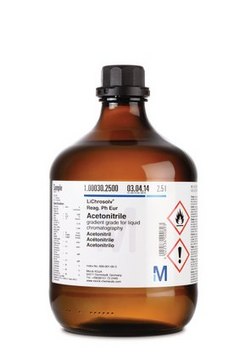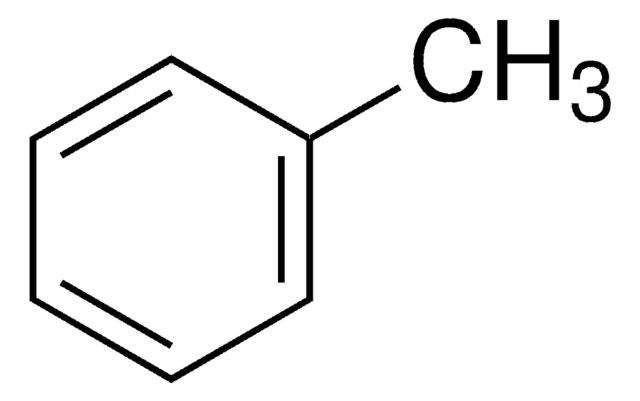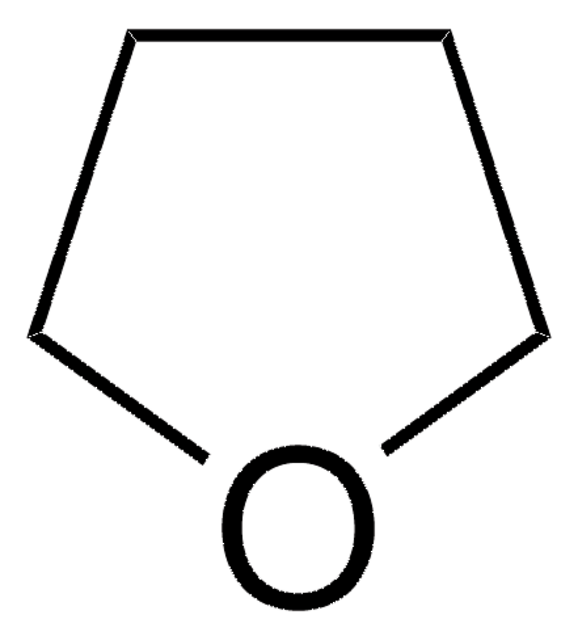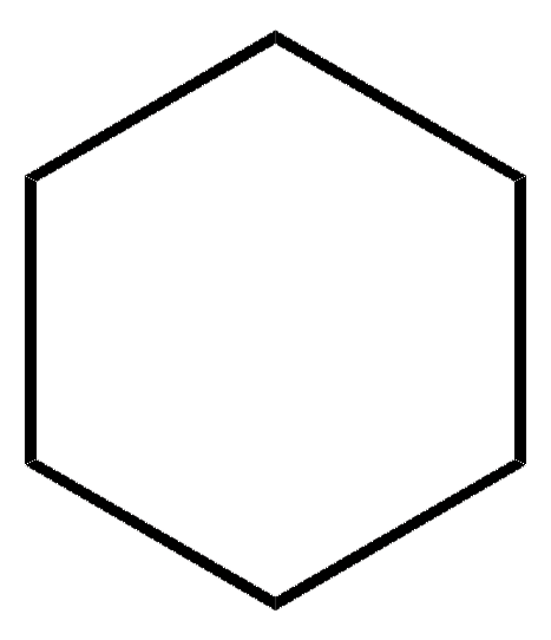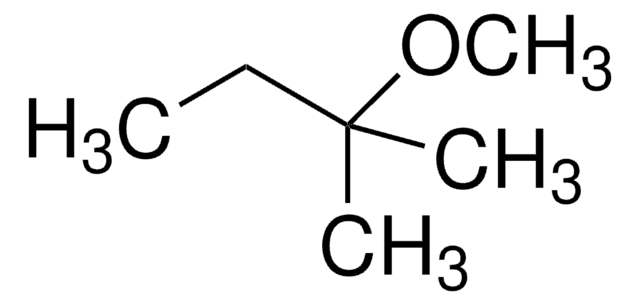293210
tert-Butyl methyl ether
HPLC grade, suitable for HPLC, 99.8%
Synonym(s):
MTBE, Methyl tert-butyl ether
About This Item
55-56 °C
Recommended Products
grade
HPLC grade
vapor density
3.1 (vs air)
vapor pressure
4.05 psi ( 20 °C)
Assay
99.8%
form
liquid
autoignition temp.
705 °F
purified by
glass distillation
expl. lim.
15.1 %
technique(s)
HPLC: suitable
impurities
<0.010% water
evapn. residue
<0.0003%
refractive index
n20/D 1.369 (lit.)
bp
55-56 °C (lit.)
55-56 °C
density
0.74 g/mL at 25 °C (lit.)
λ
H2O reference
UV absorption
λ: 210 nm Amax: 1.00
λ: 230 nm Amax: 0.40
λ: 250 nm Amax: 0.10
λ: 320-400 nm Amax: 0.01
SMILES string
COC(C)(C)C
InChI
1S/C5H12O/c1-5(2,3)6-4/h1-4H3
InChI key
BZLVMXJERCGZMT-UHFFFAOYSA-N
Looking for similar products? Visit Product Comparison Guide
Signal Word
Danger
Hazard Statements
Precautionary Statements
Hazard Classifications
Flam. Liq. 2 - Skin Irrit. 2
Storage Class Code
3 - Flammable liquids
WGK
WGK 1
Flash Point(F)
-18.4 °F - closed cup
Flash Point(C)
-28 °C - closed cup
Regulatory Information
Choose from one of the most recent versions:
Already Own This Product?
Find documentation for the products that you have recently purchased in the Document Library.
Our team of scientists has experience in all areas of research including Life Science, Material Science, Chemical Synthesis, Chromatography, Analytical and many others.
Contact Technical Service